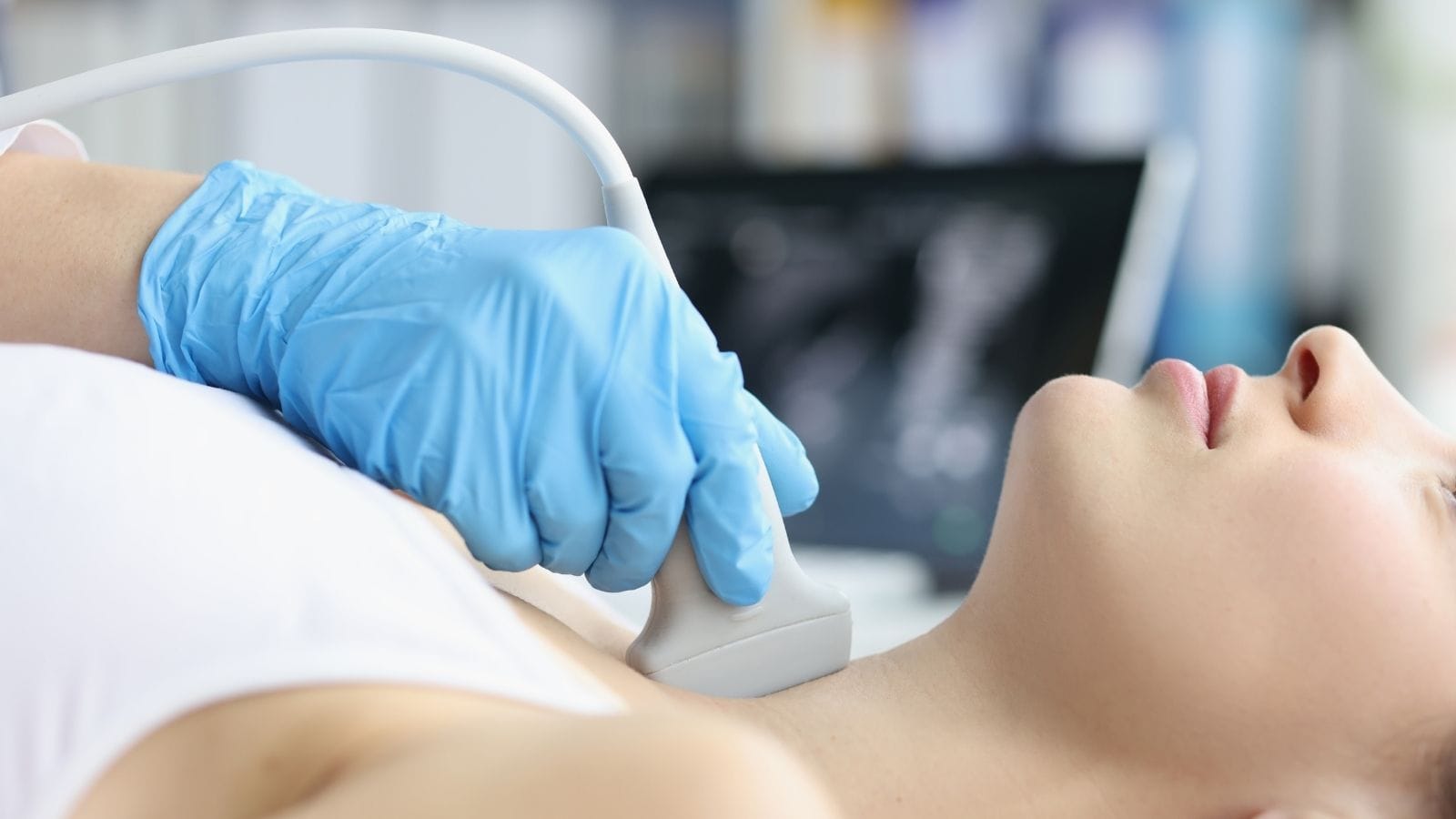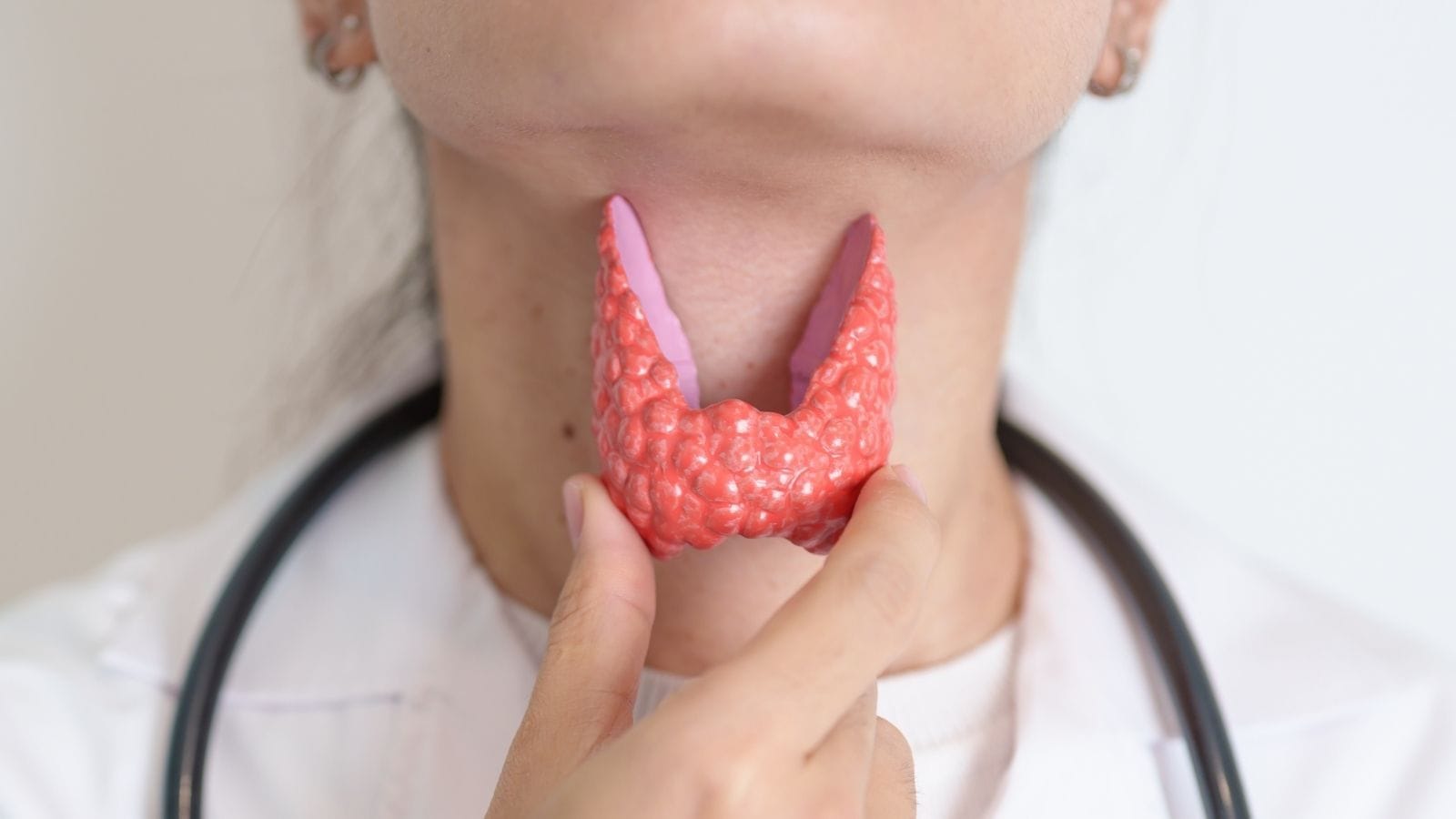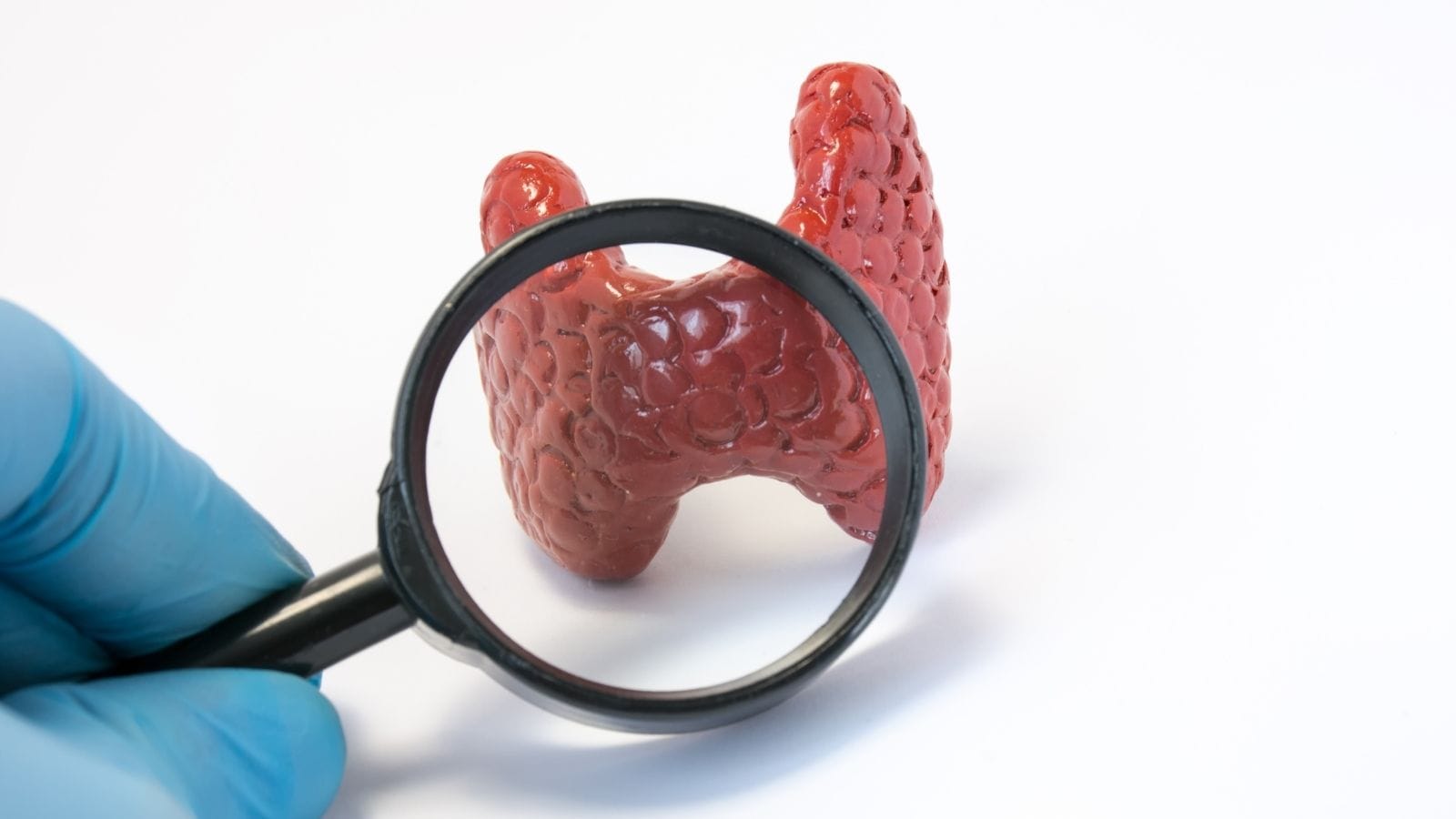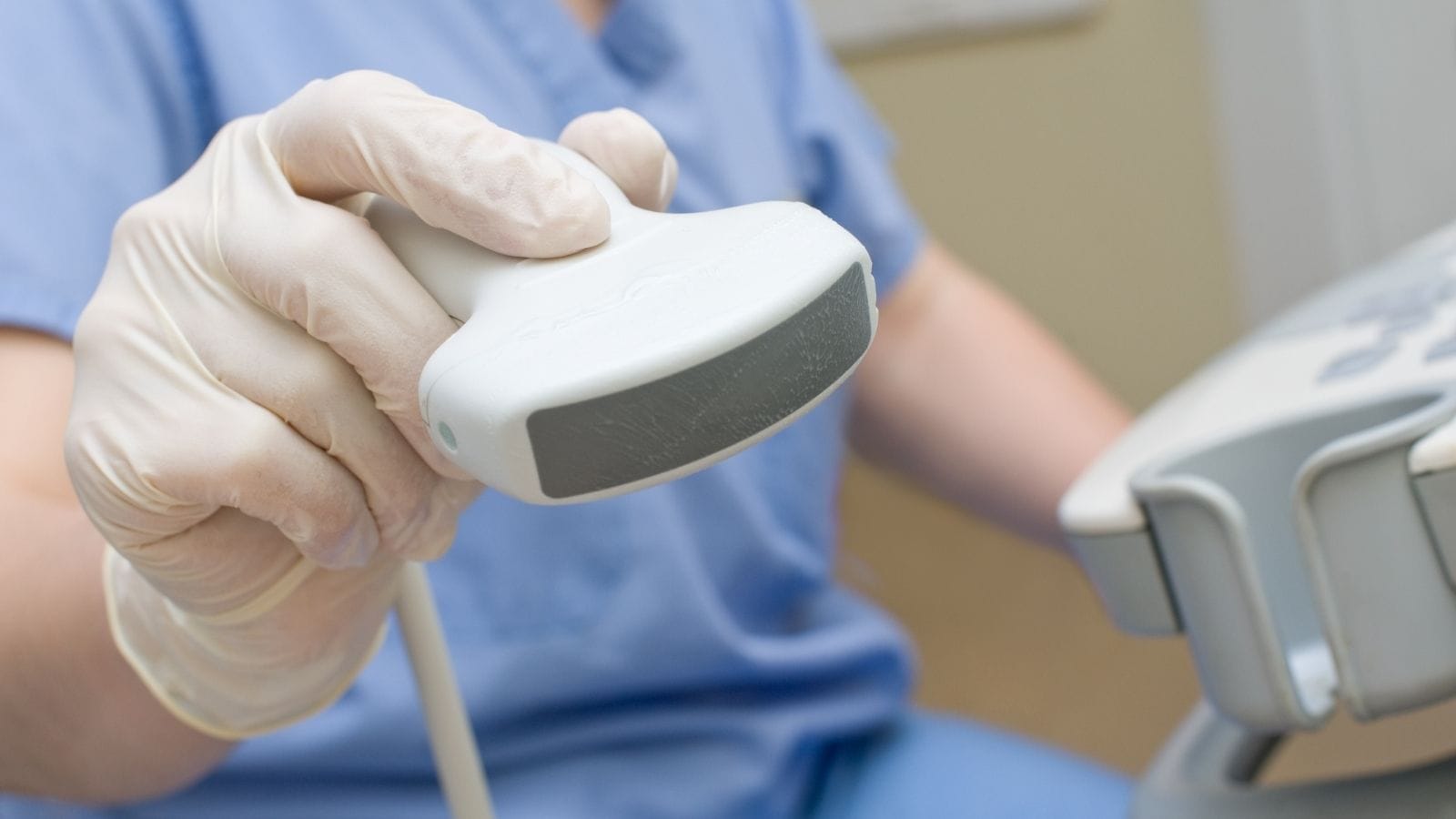A catheter is a thin, flexible tube inserted into the body to drain fluids, deliver medication, or access blood vessels. It is widely used in both diagnostic and therapeutic medical procedures.
Urinary catheters help manage bladder dysfunction, while vascular catheters provide access for intravenous treatments. Each type is designed for a specific medical need and duration of use.
Catheter insertion techniques vary depending on purpose and location. Sterile procedures are essential to minimize infection risk and ensure safe application.
Modern catheter technology includes coated or antimicrobial designs, reducing complications. Proper use significantly improves patient care and outcomes.
Prof. Dr. Özgür KILIÇKESMEZ Prof. Dr. Kılıçkesmez holds the Turkish Radiology Competency Certificate, the Turkish Interventional Radiology Competency Certificate, Stroke Treatment Certification, and the European Board of Interventional Radiology (EBIR). In his academic career, he won the Siemens Radiology First Prize in 2008.
Interventional Radiology / Interventional Neuroradiology
Types of Catheters Used in Interventional Radiology
Therapeutic Purposes
- Temporary catheters
- PIC catheters
- Port catheters (used for chemotherapy in oncology patients)
- Permanent tunneled catheters
- Drainage catheters (abscess, kidney and bile duct strictures)
- Infusion catheters (for thrombolysis)
Diagnostic Purposes
- Microcatheters (1.2-2.9F)
- Macrocatheters (4-5F, Vert, Cobra, SIM…)
What Are the Catheters Used for Dialysis?
Catheters used for dialysis are vital for patients whose kidneys cannot function properly. These catheters are divided into two main types:
Non-tunneled Catheters:
- Preferred in cases requiring urgent dialysis.
- Suitable for short-term use.
- Placed directly into central veins such as the internal jugular, subclavian, or femoral vein.
- There is a high risk of mechanical complications and infection.
Tunneled Catheters:
- Designed for long-term use.
- Inserted surgically by creating a subcutaneous tunnel.
- Lower risk of infection compared to non-tunneled catheters.
- Features a cuff under the skin for stabilization and infection barrier.
Non-tunneled catheters are usually placed at the bedside in hospitals under sterile conditions. Imaging techniques are used during the procedure to ensure correct catheter positioning. This catheter type, with its two lumens, allows both the entry and exit of blood during dialysis. Tunneled catheters have a more complex insertion process. By creating a subcutaneous tunnel, the risk of infection is reduced, and these catheters are designed for longer-term use. With their two lumens, they provide effective blood flow during dialysis sessions. This structure is especially ideal for patients waiting for arteriovenous fistula maturation. Both types of catheters increase the effectiveness of dialysis treatment and can significantly improve patients’ quality of life. *We recommend filling out all fields so we can respond in the best possible way.
Pigtail Catheters for Drainage
Pigtail catheters are important tools widely used in medical fields. This type of catheter is preferred especially for draining fluid or air accumulations, thanks to its curled tip. They are designed to prevent complications that may arise after operations. They are used to preserve lung function and reduce infection risks. They are especially effective in conditions such as pleural effusion, hemothorax, and pneumothorax. Since these catheters are less invasive, they cause less pain in patients and speed up the healing process.
Main indications for the use of pigtail catheters:
- Pleural effusion
- Hemothorax
- Pneumothorax
- Abscesses
The procedure is performed under ultrasound guidance during catheter placement. This method ensures proper positioning of the catheter and minimizes side effects. After placement, catheters are connected to drainage systems to allow continuous or intermittent removal of fluids. Thanks to their small and flexible structure, they cause less damage to tissues. This results in shorter hospital stays and fewer complications. Pigtail catheters are particularly ideal for conditions such as parapneumonic effusions and empyema.
However, there are some risks during the use of these catheters. They may not be suitable for draining viscous or clotted fluids. Complications such as infection, catheter dislodgement, or blockage may occur. However, these risks are minimized with appropriate placement techniques and continuous monitoring.
How Is a Catheter Inserted?
Catheter placement into the body is a carefully planned and performed process. The procedure varies slightly for each type of catheter:
Non-tunneled Dialysis Catheters:
- First, access is achieved to a large vein under ultrasound guidance.
- The catheter is inserted into the vessel and secured.
- It is connected to the dialysis machine.
Tunneled Dialysis Catheters:
- The catheter is tunneled under the skin from the neck or chest region.
- The exit site is adjusted to be near the clavicle.
- The position of the catheter is adjusted with fluoroscopy and secured with a cuff.
Diagnostic Catheters for Angiography:
- The procedure is initiated from a peripheral artery using the Seldinger technique.
- A guidewire is inserted into the artery, then the catheter is advanced over this wire.
- With fluoroscopic guidance, the catheter is advanced within the vascular system.
Pigtail Catheters:
- Placed percutaneously using the Seldinger technique.
- After the guidewire is introduced to the target area, the catheter is passed over the wire.
Sterilization is maintained throughout these procedures, and measures are taken to minimize the risk of infection. Each type of catheter serves a specific purpose, and placement techniques are tailored accordingly. Proper positioning of the catheter within the body is vital for both treatment effectiveness and patient safety. These procedures are carried out by experienced medical professionals, and patient comfort is prioritized at every step.
What Are the Risks and Complications of Catheter Use?
Catheter use may involve various risks and complications. Catheters used for both dialysis and diagnostic purposes carry the risk of infection. Especially bloodstream infections related to dialysis catheters can lead to serious health problems. These infections may result in more severe health issues such as sepsis. In addition, tunneled dialysis catheters are susceptible to exit site and tunnel infections. Another major risk associated with catheters is thrombosis. The formation of a fibrin sheath and clotting inside the catheter impair its function, leading to insufficient dialysis flow. These conditions usually require anticoagulation therapy or catheter replacement.
Mechanical Complications:
- Malposition of the catheter
- Catheter kinking
- Difficulties during placement
- Central vein stenosis
Catheters can also lead to mechanical complications. Incorrect placement or kinking complicates the treatment process and can sometimes cause serious health issues. Catheter-related stenosis in central veins may present with symptoms such as swelling in the arms or face. Diagnostic catheters, when placed in large vessels, may cause bleeding and hematoma. Arterial injury can result in serious outcomes that require urgent intervention. Contrast-induced nephropathy is especially seen in patients with kidney problems. Thromboembolic events can also lead to stroke or peripheral ischemia. Pigtail catheters carry a risk of infection during long-term use and may cause organ or vessel perforation if misplaced. Such perforation can result in serious complications like pneumothorax or peritonitis. Migration or dislodgement of catheters from their original position may lead to inadequate drainage and require repositioning.
What Are Diagnostic (Assessment) Catheters?
Diagnostic catheters are fundamental tools in imaging techniques such as angiography. These catheters are used especially to detect abnormalities in the vascular system. Thanks to their long, thin, and flexible structures, doctors can easily advance them through intravascular pathways. With advanced navigation capabilities, these catheters can reach even the smallest branches of the vessels. They play a critical role in identifying problems such as obstructions, aneurysms, or stenoses in the vascular system.
Contrast material injected through the catheters enables clear visualization of vessels and organs under X-ray. With these detailed images, doctors can better identify diseased areas. Precision control mechanisms allow the catheter to be directed to the desired region without damaging it. This feature is particularly important when examining vascular disorders in the heart, brain, and peripheral arteries.
Advantages of diagnostic catheter use include:
- Identifies stenoses and obstructions in vessels
- Provides a detailed map of the vascular structure
- Guides therapeutic interventions such as stent
Frequently Asked Questions
In what situations are catheters used?
Catheters are used in various medical conditions; in the UK National Health Service (NHS), about 12.9% of patients use urinary catheters, with this rate rising to 15.7% in men, and catheter use in hospitals and intensive care units reaching up to 76.6%. In US emergency departments, urinary catheter use dropped from 3.1% in 2002-2003 to 1.6% in 2018-2019, and 53.9% of catheterizations were found to lack appropriate indications. The majority of long-term catheter users are male (59.6%) and over 70 years old (71.2%), with 60.8% using urethral catheters. Common indications include benign prostatic hyperplasia (63.9%) and urethral stricture (16.8%). In Japanese hospitals, the use rate of indwelling urinary catheters in non-ICU units is about 13%, and the incidence of catheter-associated urinary tract infections is 9.86 per 1,000 catheter-days.
How is the catheter placement procedure performed?
Catheterization is a common medical procedure needed by 15-25% of patients admitted annually to hospitals in England. However, 19-40% of these procedures are performed unnecessarily, increasing the risk of catheter-associated urinary tract infections (CAUTI). In hospital settings, 80% of healthcare-associated urinary tract infections are caused by catheters, making up 43-56% of all hospital-acquired infections. Catheter use rates vary by setting; for example, in 66 hospitals across Europe, the usage rate is 17.5%, while in 183 US hospitals, it is reported as 23.6%. In intensive care units, this rate can reach up to 76.6%. The duration of catheterization increases infection rates; each additional day increases the risk of bacteremia by about 5%, and by the 30th day, culture-positive urine becomes nearly universal. To reduce these risks, evidence-based guidelines recommend limiting catheter use to clear indications and removing them as soon as they are no longer needed. However, compliance with these guidelines is low; studies show that only 53% of medical records specify the indication for catheter use, and only 12% of catheterizations are documented. Improving adherence to guidelines and proper documentation are critical steps to reduce CAUTIs and related complications.
How should catheter care be provided?
Catheter care is essential to prevent infections and ensure effective function. Healthcare staff should receive regular training on aseptic insertion, maintenance, and timely removal. Indwelling catheters should only be used when absolutely necessary and removed as soon as possible. The closed drainage system should be maintained, connections should be made aseptically and promptly. The catheter and drainage tubing should be kept below bladder level without kinks, and the collection bag should be below the bladder. Regular hygiene includes daily cleaning of the genital area with soap and water. The necessity for the catheter should be evaluated regularly to reduce the risk of catheter-associated urinary tract infections (CAUTI).
How can the risk of infection be prevented during catheter use?
To prevent infection risk during catheter use, it is important to use catheters only when necessary, as about 75% of hospital-acquired urinary tract infections are related to catheterization. Aseptic techniques should be applied during insertion, and the closed sterile drainage system must be maintained. Prolonged, unnecessary catheterization increases the risk of infection, so catheters should be removed as soon as possible. In addition, educating healthcare personnel on catheter care and monitoring infection rates can help prevent catheter-related infections.
What are the differences between temporary and permanent catheters?
Temporary catheters are generally used for emergencies or short-term access needs and are usually used for about 3-4 weeks; they are placed directly into central veins (such as the internal jugular or femoral veins) without tunneling under the skin. Permanent catheters are designed for long-term use, tunneled under the skin, and have a “cuff” feature that helps reduce infection risk; they are mostly used in patients with no alternative access routes or with maturing fistulas. Permanent catheters have higher blood flow rates compared to temporary ones, which increases dialysis efficiency. However, both types carry a risk of infection; in one study, infection rates among catheter users were 32%, and thrombotic complication rates were 68%. Therefore, the choice between temporary and permanent catheters depends on the patient’s medical needs and duration of use.
What materials are catheters made from and why is material selection important?
Catheters are typically made from various polymers such as silicone, polyurethane, latex, or Teflon. Material selection depends on the body area of use, duration of use, and the patient’s allergic status. For example, silicone catheters are preferred for their biocompatibility and suitability for long-term use, while polyurethane catheters, with their stiffer structure, allow easier placement and higher flow rates. Smoothness, flexibility, and infection potential of the material are critical for patient comfort and treatment success, making correct material selection essential for reducing complication risk.
How does long-term catheter use affect patients’ daily lives and psychology?
Long-term catheter use may lead to some restrictions in daily activities and affect mobility. Especially catheters with an external part, such as urinary or dialysis catheters, may cause concerns about body image, feelings of embarrassment, and social isolation. Continuous concern over possible complications such as infection or blockage may increase anxiety and stress levels. Therefore, it is important for patients to receive psychological support during this process, be well educated on catheter care, and develop adaptation strategies to improve their quality of life.
What are the latest innovations and future expectations in catheter technology?
Catheter technology is continuously advancing in areas such as antimicrobial-coated catheters that reduce infection risk, drug-eluting catheters that deliver medication directly to target tissue, and advanced steerable-tip catheters that facilitate easier advancement within vessels. In the future, it is expected that more biocompatible, fully biodegradable catheters, smart catheters equipped with sensors, and robotic catheter systems capable of even more precise procedures in minimally invasive surgeries will become widespread. These innovations aim to increase patient safety and improve treatment outcomes.
What sensations are experienced and how can possible discomfort be minimized during and after peripheral venous catheter (IV line) placement?
During peripheral venous catheter placement, a brief sharp prick or burning sensation is felt as the needle enters the skin and vein. After placement, significant pain is uncommon, but some people may continue to feel mild tenderness, tension, or a foreign body sensation. To minimize discomfort, a local anesthetic cream can be applied before the procedure, and the patient’s attention can be distracted and kept in a comfortable position during the procedure. While the catheter is in place, avoiding excessive movement of the arm and keeping the insertion site clean and dry can also increase comfort.
What is Clean Intermittent Catheterization (CIC) at home and in what situations and by whom can it be performed?
Clean Intermittent Catheterization (CIC) is the self-application of a urinary catheter at specific intervals using a clean, non-sterile technique by individuals who cannot fully empty their bladder. It is usually recommended by a doctor for neurological conditions such as spinal cord injury, multiple sclerosis, spina bifida, or cases where the bladder muscles are weak. The patient or caregiver can perform this procedure at home after appropriate training from healthcare professionals. CIC helps reduce the risk of kidney damage and infection, and significantly increases the patient’s independence and quality of life.

Girişimsel Radyoloji ve Nöroradyoloji Uzmanı Prof. Dr. Özgür Kılıçkesmez, 1997 yılında Cerrahpaşa Tıp Fakültesi’nden mezun oldu. Uzmanlık eğitimini İstanbul Eğitim ve Araştırma Hastanesi’nde tamamladı. Londra’da girişimsel radyoloji ve onkoloji alanında eğitim aldı. İstanbul Çam ve Sakura Şehir Hastanesi’nde girişimsel radyoloji bölümünü kurdu ve 2020 yılında profesör oldu. Çok sayıda uluslararası ödül ve sertifikaya sahip olan Kılıçkesmez’in 150’den fazla bilimsel yayını bulunmakta ve 1500’den fazla atıf almıştır. Halen Medicana Ataköy Hastanesi’nde görev yapmaktadır.









Vaka Örnekleri